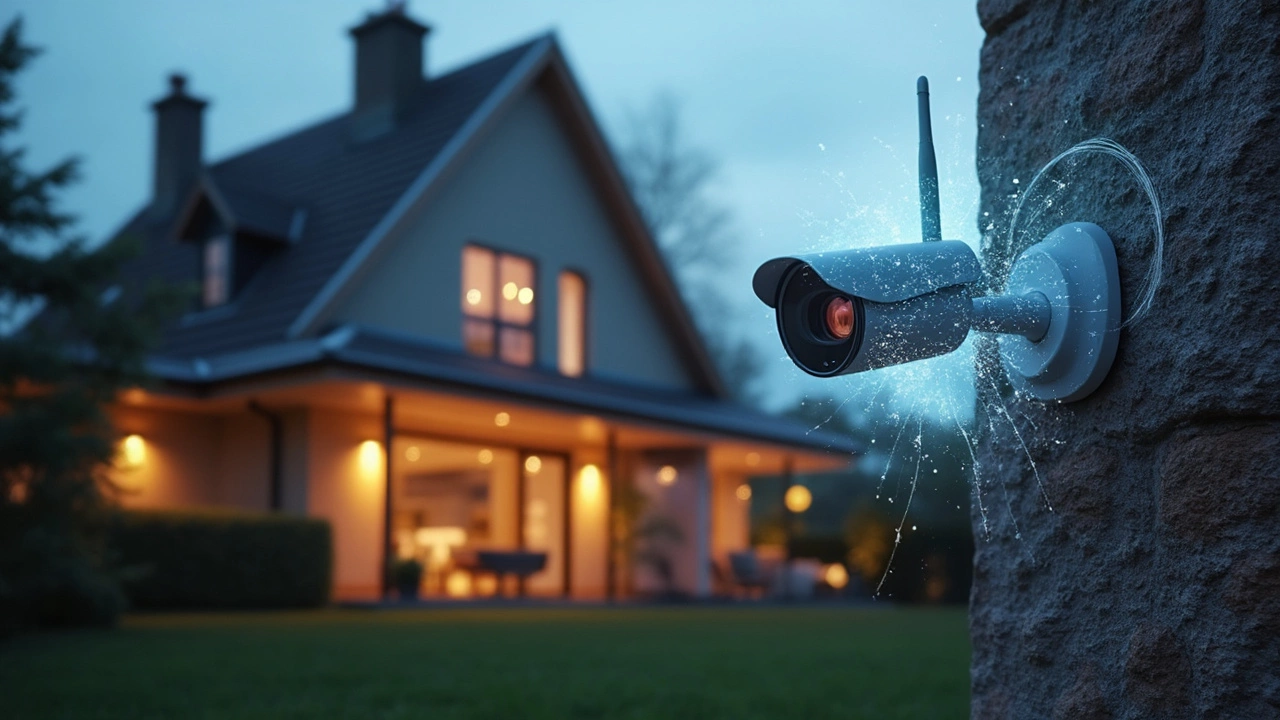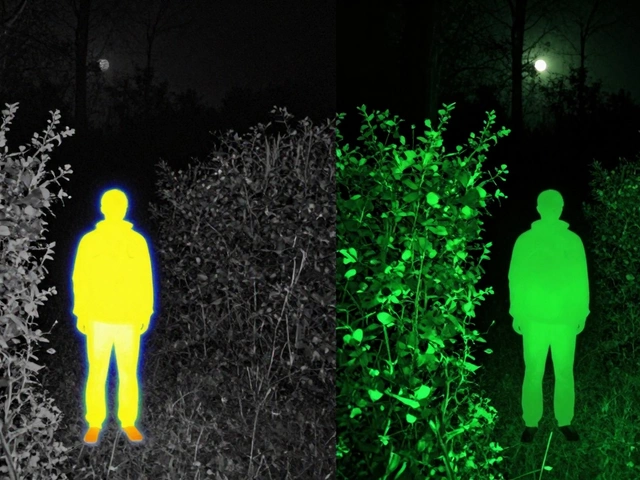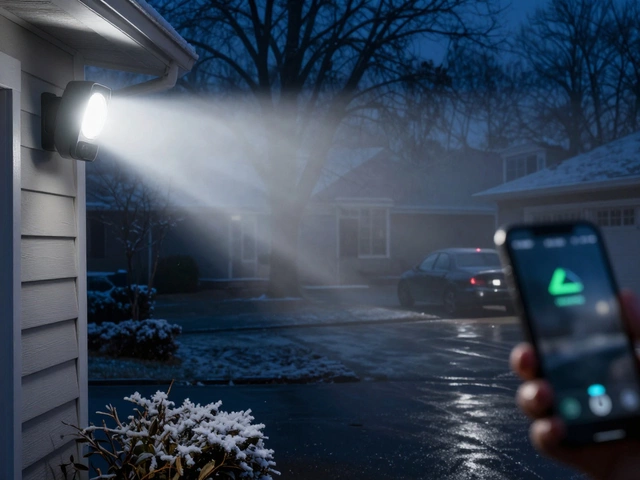Wireless CCTV Setup: Quick DIY Guide for 2025
If you want to see what’s happening around your property without digging up walls, a wireless CCTV system is the answer. It works over Wi‑Fi, needs little wiring, and can be up and running in a day. Below you’ll find the basics to pick gear, place cameras, and keep the feed safe.
Choosing the Right Gear
Start with a camera that matches the area you need to cover. For front doors, pick a model with night vision and a wide field of view. For gardens, a weather‑proof unit with a long‑range infrared is best. Look for cameras that support 2.4 GHz Wi‑Fi – most routers handle that band better than 5 GHz for long distances.
Power matters too. Battery‑run cameras are easy to mount, but you’ll need to recharge or replace them every few months. If you have a power outlet nearby, a plug‑in camera saves you the hassle. Some kits offer solar panels – perfect for sheds or outbuildings.
Don’t forget storage. Cloud plans are convenient but cost extra each month. A local micro‑SD card (32 GB or more) gives you up to a month of footage for most homes. Choose a camera that lets you switch between cloud and local storage, so you can start free and upgrade later if needed.
Step‑by‑Step Installation
1. Plan your spots. Walk around your property and mark where you need coverage. Aim for overlapping views so blind spots disappear. Keep cameras high enough to avoid tampering but low enough to catch faces.
2. Connect to Wi‑Fi. Before you mount, plug the camera into power and use the companion app to join your home network. Test the signal strength; you want at least -70 dBm. If the signal is weak, add a Wi‑Fi extender or move the router closer.
3. Mount securely. Most cameras come with screw mounts or strong adhesive pads. Use a drill for permanent spots; otherwise, the adhesive works for temporary setups. Make sure the lens isn’t blocked by foliage or awnings.
4. Configure settings. In the app, change the default password to something strong – a mix of letters, numbers, and symbols. Enable two‑factor authentication if the app offers it. Turn on motion detection and set zones so you only get alerts for the areas you care about.5. Test the system. Walk through each camera’s view from a phone or tablet. Adjust angles if needed, and verify night vision works by checking the feed after dark. Record a short clip and play it back to confirm storage is working.
6. Secure the feed. Most modern cameras encrypt video with SSL/TLS. Make sure that option is turned on in the settings. If you use cloud storage, read the provider’s privacy policy – you want your footage kept private.
That’s it. With a little planning, a few minutes of mounting, and a few taps in an app, you’ve got a wireless CCTV system watching over your home. If you run into dropped connections, check for Wi‑Fi interference from other devices or move the router to a higher spot.
Remember, a camera is only as good as the way you maintain it. Clean the lenses every few months, update firmware when prompted, and review footage regularly. Small habits keep the system reliable and give you peace of mind without the mess of old‑school wired setups.






